Spice Up Your Life: A Flavorful Journey into Moroccan Seasoning Recipes
There’s something undeniably magical about the way spices can transform a simple dish into a culinary masterpiece. And when it comes to global spice traditions, Morocco stands out as a true powerhouse of flavor. From the bustling souks of Marrakech to the cozy kitchens of Fez, Moroccan seasoning recipes are a celebration of boldness, balance, and tradition.
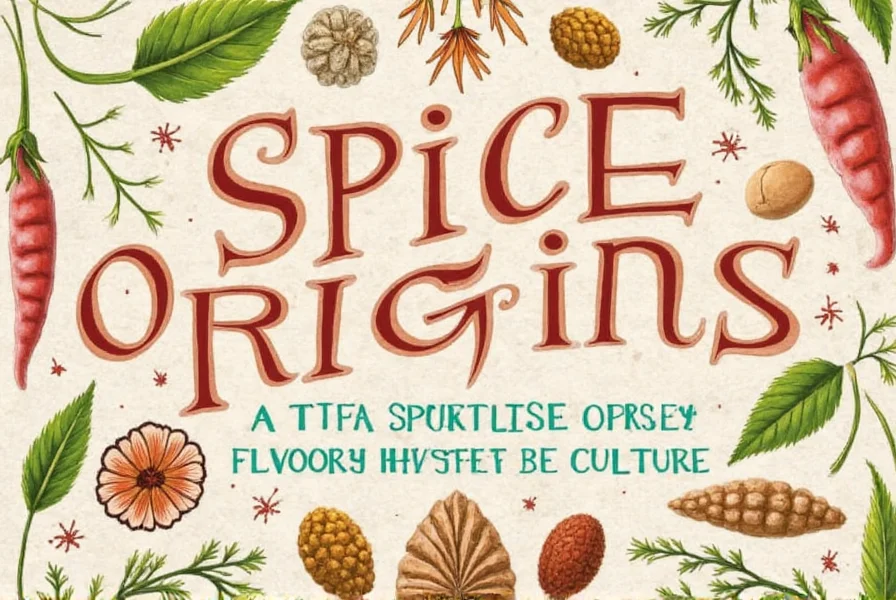
Table of Contents
- Practical Tips for Using Moroccan Seasoning
- In-Depth Look at Moroccan Seasoning Ingredients
- Buying Guide for Moroccan Spices
- Moroccan Seasoning Recipe in Action
- Conclusion
Practical Tips for Using Moroccan Seasoning
If you're new to Moroccan cooking or just looking to elevate your dishes, here are some practical tips to help you make the most of Moroccan seasoning:
- Start Small: Moroccan seasonings are often complex, so begin with a small amount and adjust to taste. You can always add more, but you can't take it back.
- Balance is Key: The best Moroccan dishes use a balance of sweet, salty, sour, and spicy flavors. Use ingredients like cinnamon, saffron, citrus, and chili to achieve that perfect harmony.
- Pair with the Right Dishes: Moroccan seasoning works wonders with meats like lamb, chicken, and fish, but also shines in vegetable and grain-based dishes like couscous and tagines.
- Use Fresh Herbs: Fresh herbs like parsley, cilantro, and mint can elevate any Moroccan dish. Try adding them toward the end of cooking for maximum flavor.
- Experiment with Blends: Don’t be afraid to mix different blends. A dash of ras el hanout, a sprinkle of cumin, and a hint of paprika can create a unique flavor profile.
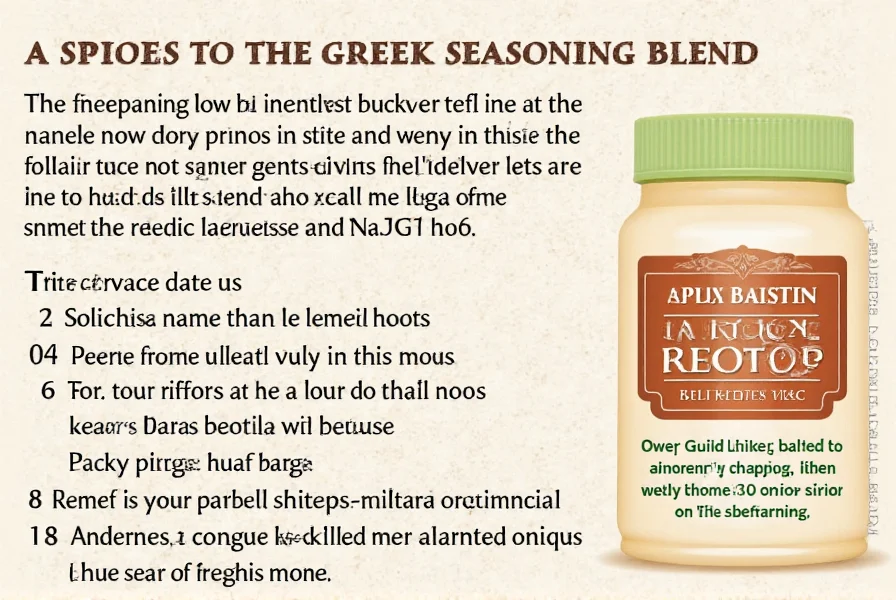
In-Depth Look at Moroccan Seasoning Ingredients
Moroccan seasoning is a symphony of flavors, and each ingredient plays a crucial role. Here’s a breakdown of the most common components and their significance:
| Ingredient | Description | Flavor Profile |
|---|---|---|
| Cumin | A staple in many North African dishes, cumin adds a warm, earthy flavor. | Earthy, nutty |
| Coriander | Often used in both seed and leaf form, coriander has a citrusy, slightly sweet taste. | Citrusy, slightly sweet |
| Saffron | A luxurious spice known for its golden color and subtle floral aroma. | Floral, aromatic |
| Cinnamon | Used in both sweet and savory dishes, cinnamon brings warmth and depth. | Warm, sweet |
| Ras El Hanout | A complex blend of up to 30 spices, often including cumin, coriander, cinnamon, and more. | Rich, layered, smoky |
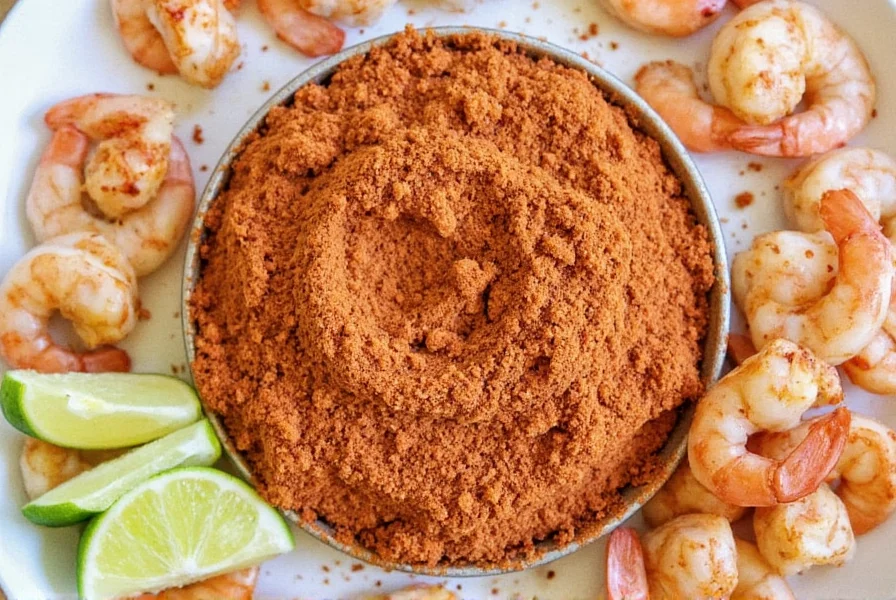
Buying Guide for Moroccan Spices
When it comes to buying Moroccan spices, quality matters. Here's what to look for:
- Freshness: Look for spices that are vibrant in color and have a strong, pleasant aroma. Avoid dull or stale products.
- Origin: Moroccan spices often come from local markets or specialty stores. If possible, choose spices from Morocco or regions known for their authentic blends.
- Packaging: Opt for sealed, airtight containers to preserve freshness. Glass jars are ideal for storing spices long-term.
- Brand Reputation: Choose reputable brands that offer high-quality, ethically sourced spices. Some popular names include Zafran, Oud, and Tamazight.
- Usage: Consider the purpose of the spice—some are better for grinding, while others are best used whole. For example, whole cardamom pods are great for infusing teas, while ground cumin is ideal for seasoning meats.
Here’s a quick overview of some top Moroccan spice products:
| Product Name | Features | Best For | Occasions |
|---|---|---|---|
| Moroccan Ras El Hanout | Complex blend of 30+ spices, including cumin, coriander, cinnamon, and cloves. | Tagines, stews, and roasted meats. | Weekend dinners, holiday meals, family gatherings. |
| Ground Cumin | Earthy, nutty flavor; essential for Moroccan cuisine. | Marinating meats, seasoning vegetables, and enhancing sauces. | Daily cooking, casual meals, and gourmet dishes. |
| Saffron Threads | Luxurious, aromatic, and used sparingly for its golden hue. | Paella, rice dishes, and desserts. | Special occasions, celebrations, and fine dining. |
| Coriander Seeds | Used whole or ground, with a citrusy, slightly sweet flavor. | Curries, soups, and spice blends. | Daily use, cooking experiments, and baking. |
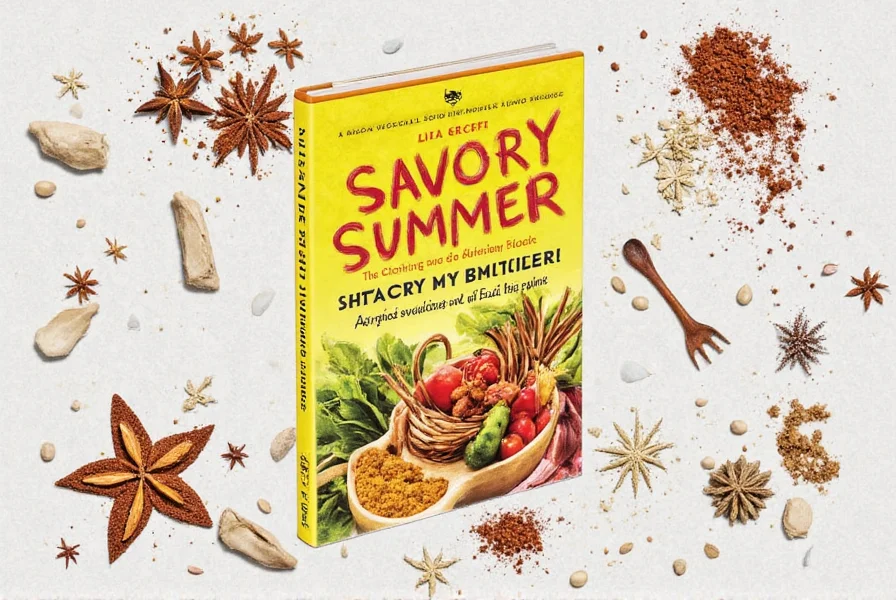
Moroccan Seasoning Recipe in Action
One of the most iconic Moroccan seasoning recipes is the classic Ras El Hanout. This rich and complex blend is a staple in Moroccan kitchens and can be used in a variety of dishes. Here's how to make it at home:
- Ingredients:
- 1 tbsp cumin
- 1 tbsp coriander
- 1 tsp cinnamon
- 1 tsp ginger
- 1 tsp turmeric
- 1 tsp black pepper
- 1 tsp cloves
- 1 tsp nutmeg
- 1/2 tsp saffron threads (optional)
- Preparation:
- Toast all the spices in a dry pan until fragrant.
- Let them cool slightly, then grind into a fine powder using a mortar and pestle or spice grinder.
- Store in an airtight container away from heat and light.
- Usage:
- Add to tagines, stews, or grilled meats for a deep, layered flavor.
- Use in place of regular curry powder for a more authentic Moroccan twist.
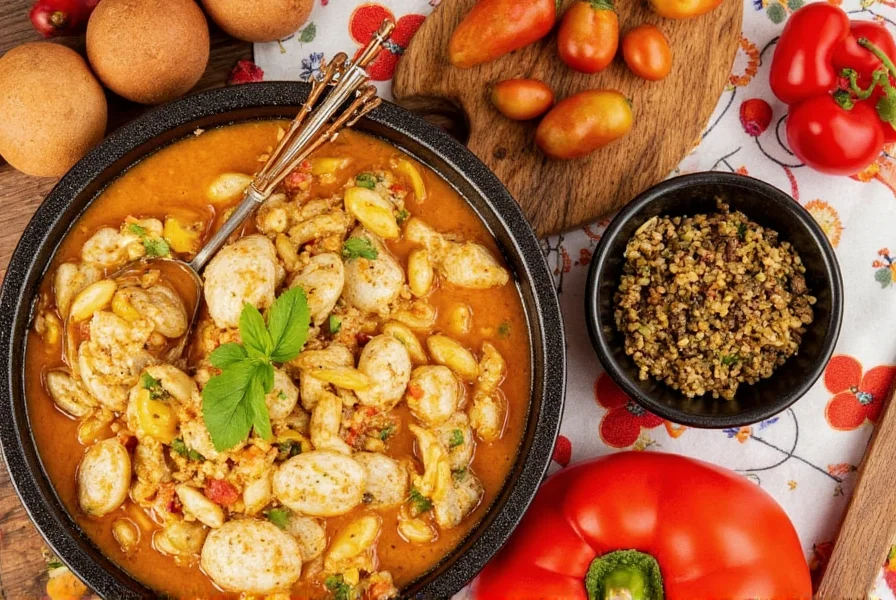
Conclusion
Moroccan seasoning is more than just a blend of spices—it's a gateway to a world of rich history, cultural depth, and unforgettable flavors. Whether you're a seasoned chef or a curious food lover, exploring Moroccan seasoning recipes can open up a whole new dimension of cooking.
So next time you’re in the kitchen, don’t be shy to reach for that jar of ras el hanout. Let the spices guide you on a journey through the heart of Morocco, one flavorful bite at a time.
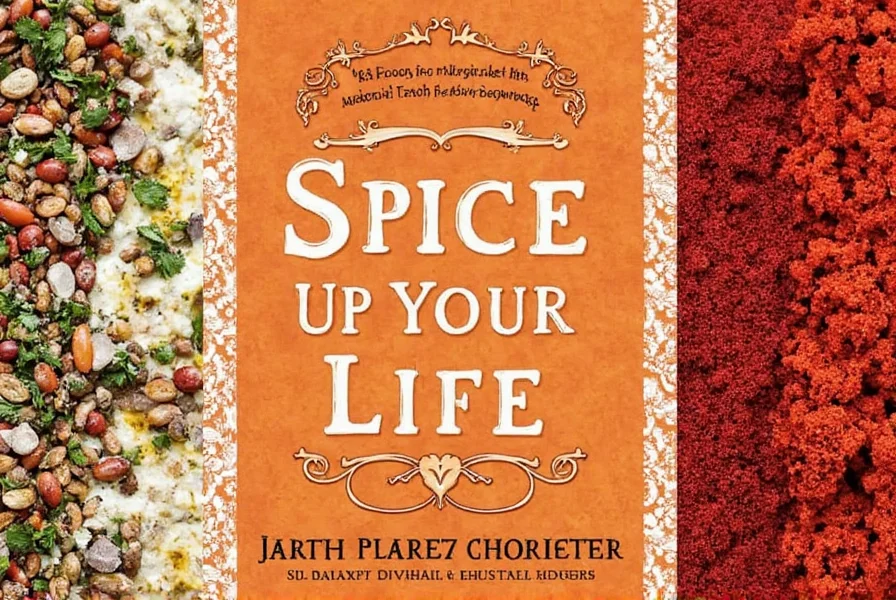











 浙公网安备
33010002000092号
浙公网安备
33010002000092号 浙B2-20120091-4
浙B2-20120091-4